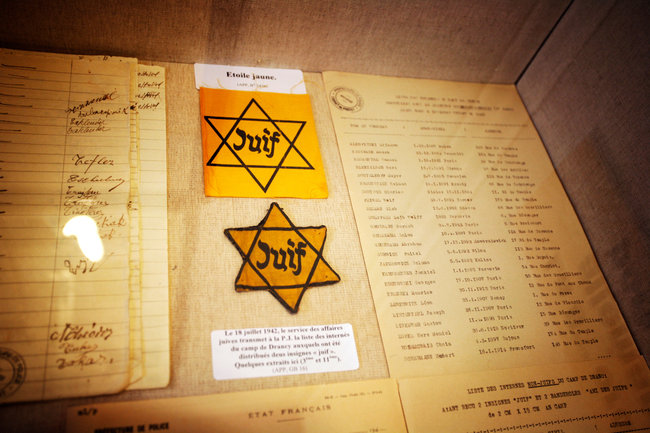Might the US Learn from This? France Reflects on Its Role in Wartime Fate of Jews
Share
Explore Our Galleries
Breaking News!
Today's news and culture by Black and other reporters in the Black and mainstream media.
Ways to Support ABHM?
From the New York Times

PARIS — Early on a Thursday morning in July 1942, more than 4,000 police officers set out in pairs through the streets of occupied Paris, carrying arrest orders for scores of Jewish men, women and children. Within days, 13,152 people had been rounded up for deportation to death camps. No more than 100 would survive.
The mass arrests, the largest in wartime France, were planned and carried out not by the Nazi occupiers but by the French. That difficult reality, for years denied, obscured, willfully ignored or forgotten, is now increasingly accepted here, historians and French officials say, part of a broader reckoning with France’s uncomfortable wartime past.
The 70th anniversary of that dark episode — known as the Vel d’Hiv roundup, after the arena where many of those arrested were taken — has brought a flurry of commemorations this month, with official ceremonies, museum exhibits, wide news media coverage and an address by President François Hollande. Perhaps most telling, though, is a modest installation at the municipal hall of the Third Arrondissement in central Paris, where the national police are exhibiting for the first time the documents that record the operation in cold administrative detail….
Pascale Hassoun, 69, a psychologist, visited the police exhibit the day it opened. “It authenticates things,” she said softly in the echoing marble hall. Ms. Hassoun’s family “did not want to be completely aware” of the horrors carried out during the war, she said. “The first reflex is to not know,” Ms. Hassoun said. “It’s not a denial, it’s rather a willful ignorance.
“We need to learn to live with this stain,” she said, as the country’s past cannot be expiated. “We will never be able to do enough.”
Read more here.
Stop by our breaking news section.











Comments Are Welcome
Note: We moderate submissions in order to create a space for meaningful dialogue, a space where museum visitors – adults and youth –– can exchange informed, thoughtful, and relevant comments that add value to our exhibits.
Racial slurs, personal attacks, obscenity, profanity, and SHOUTING do not meet the above standard. Such comments are posted in the exhibit Hateful Speech. Commercial promotions, impersonations, and incoherent comments likewise fail to meet our goals, so will not be posted. Submissions longer than 120 words will be shortened.
See our full Comments Policy here.